A journey to Ladakh, nestled in the high reaches of the Indian Himalayas, is not just a trip—it’s an adventure into one of the most awe-inspiring landscapes on Earth. Known for its dramatic mountain terrain, ancient monasteries, pristine lakes, and a rich cultural tapestry, Ladakh has long fascinated travelers. However, due to its unique geographical and climatic conditions, visiting Ladakh requires thorough preparation. From acclimatization to packing essentials, travel permits to vehicle readiness, planning a successful Ladakh trip involves attention to detail, physical readiness, and logistical awareness.
Understanding Ladakh’s Terrain and Climate
Ladakh is a high-altitude desert located in the northernmost region of India, bounded by the Karakoram and the Himalayan mountain ranges. Most of Ladakh sits above 10,000 feet, with major destinations like Leh, Nubra Valley, and Pangong Lake even higher. The climate is arid, with vast temperature variations between day and night, and across seasons.
Summers (May to September) are the best time to visit, offering relatively warmer temperatures and open mountain passes. During this time, the snow has mostly melted, and roads are more navigable. Winters, although breathtakingly beautiful, are harsh and not ideal for first-time travelers due to extreme cold and accessibility issues.
Planning the Route
There are two main routes to reach Ladakh by road: one from Manali in Himachal Pradesh and the other from Srinagar in Jammu & Kashmir. The Manali-Leh highway typically opens from late May or early June, while the Srinagar-Leh highway opens slightly earlier. Each route offers unique scenic experiences and challenges.
The Manali route is more rugged and involves steep ascents and high mountain passes like Rohtang and Baralacha La. The Srinagar route is more gradual, making it better for acclimatization. Air travel to Leh is also possible, but it requires extra care for acclimatization due to the sudden change in altitude.
Acclimatization: A Non-Negotiable Step
One of the most critical aspects of a Ladakh trip is acclimatization. Acute Mountain Sickness (AMS) can affect anyone, regardless of physical fitness. Symptoms include headache, nausea, dizziness, and shortness of breath. To prevent AMS, it’s advisable to:
- Spend at least two days in Leh before traveling to higher altitudes like Nubra or Pangong.
- Avoid overexertion during the initial days.
- Stay hydrated and avoid alcohol and smoking.
- Consider taking Diamox or other medication if recommended by a doctor.
Gradual ascent and rest are key. Ignoring this step can lead to serious health issues and disrupt the trip entirely.
Permits and Documentation
Indian nationals need an Inner Line Permit (ILP) to visit restricted areas such as Nubra Valley, Pangong Lake, Tso Moriri, and certain regions near the borders. These permits can be obtained online through the Leh District Administration website or in person from the DC office in Leh. Foreign nationals require a Protected Area Permit (PAP), which must be arranged through a registered travel agency.
Besides permits, travelers should carry valid ID proof, passport-size photographs, and multiple photocopies of their documents for checkpoints along the way.
Vehicle Readiness and Fuel Planning
If traveling by bike or car, vehicle condition must be top-notch. Ladakh’s remote terrain puts immense strain on vehicles. Prior to departure, ensure:
- Engine, brakes, and tires are in excellent condition.
- You carry spare parts, especially tubes, clutch wires, brake cables, and fuses.
- A puncture repair kit and an air pump are onboard.
- You are experienced in riding or driving on hilly and rough roads.
Fuel stations are scarce beyond Leh. It is essential to calculate fuel requirements in advance and carry extra fuel in jerry cans, especially for routes like Leh–Pangong–Tso Moriri where no petrol pumps are available.
Packing Essentials
Ladakh’s weather can be unpredictable. Layering is the best strategy. A well-thought-out packing list includes:
- Thermal wear, fleece jackets, windproof and waterproof outer layers.
- Woolen caps, gloves, socks, and mufflers.
- Comfortable trekking shoes with good grip.
- Sunglasses with UV protection and sunscreen with high SPF.
- Lip balm and moisturizer to combat dry weather.
- First-aid kit with necessary medicines, including AMS medication.
- Water bottles, reusable food containers, and energy bars.
- Power banks, extra batteries, and adapters.
- Copies of all important documents and a printed itinerary.
Proper clothing and gear can make a significant difference in comfort and safety.
Accommodation Planning
Ladakh offers a range of accommodation options, from budget guesthouses to luxury hotels and homestays. In remote areas, facilities may be basic, but the hospitality is usually warm and welcoming. Booking in advance during peak season is recommended.
In high-altitude regions like Pangong Lake and Tso Moriri, accommodations may not have 24/7 electricity or running water. Carrying your own sleeping bag or liner can be useful. Staying in homestays also supports local communities and offers a more authentic experience.
Food and Water Safety
While Leh has many cafes and restaurants offering various cuisines, food choices become limited as you move to remote regions. Local food, mainly consisting of dal, rice, vegetables, and Tibetan dishes like thukpa and momos, is commonly available.
Avoid raw food and ensure water is boiled or filtered. Carrying water purification tablets or a portable water purifier is advisable. Avoid drinking directly from streams or taps. Dehydration can exacerbate altitude sickness, so constant hydration is crucial.
Connectivity and Communication
Mobile networks are limited in Ladakh. Only postpaid connections work, and BSNL and Jio have the widest coverage. Even so, signal availability is spotty outside Leh. Inform friends and family about expected blackouts in communication and provide emergency contact details.
Satellite phones are available at some army camps and village centers for emergency use. Offline maps and pre-downloaded content can be life-savers in areas without internet or mobile connectivity.
Environmental Responsibility
Ladakh is an ecologically fragile region. Responsible tourism is essential to preserve its pristine beauty. Travelers should:
- Avoid plastic and carry reusable bags and bottles.
- Dispose of waste properly; carry trash back to Leh if bins are unavailable.
- Respect local customs and traditions.
- Conserve water, especially in arid villages.
- Avoid off-road driving that can damage the ecosystem.
Supporting local businesses and choosing eco-friendly accommodations also contribute to sustainable tourism.
Cultural Sensitivity and Interaction
Ladakh is home to a unique blend of Tibetan Buddhist and Muslim cultures. Visitors should be respectful of local traditions, especially in monasteries and religious sites. Modest dressing, removing shoes before entering religious places, and asking permission before photographing people are essential etiquettes.
Interacting with locals respectfully can enrich the travel experience. Many Ladakhis are fluent in Hindi and some English, but learning a few basic phrases in Ladakhi can go a long way in building goodwill.
Contingency Planning
Due to its rugged terrain and unpredictable weather, travel in Ladakh often comes with unexpected delays and changes. Landslides, roadblocks, or altitude-related health issues can arise. It’s important to:
- Keep buffer days in your itinerary.
- Carry some extra cash, as ATMs are limited and may not function.
- Have a basic understanding of emergency procedures and nearest medical facilities.
- Travel insurance that covers high-altitude illness and evacuation is highly recommended.
Being mentally prepared for minor discomforts and flexible with plans ensures a more enjoyable journey.
Conclusion
A trip to Ladakh is a once-in-a-lifetime experience. Its vast landscapes, cultural richness, and spiritual serenity leave a lasting impression on travelers. However, the region’s remoteness and extreme conditions demand respect and preparation. Thoughtful planning, physical readiness, and an open mindset are essential for a safe and memorable Ladakh adventure. With the right preparation, travelers can embrace the challenges and rewards of exploring one of the world’s most extraordinary destinations.
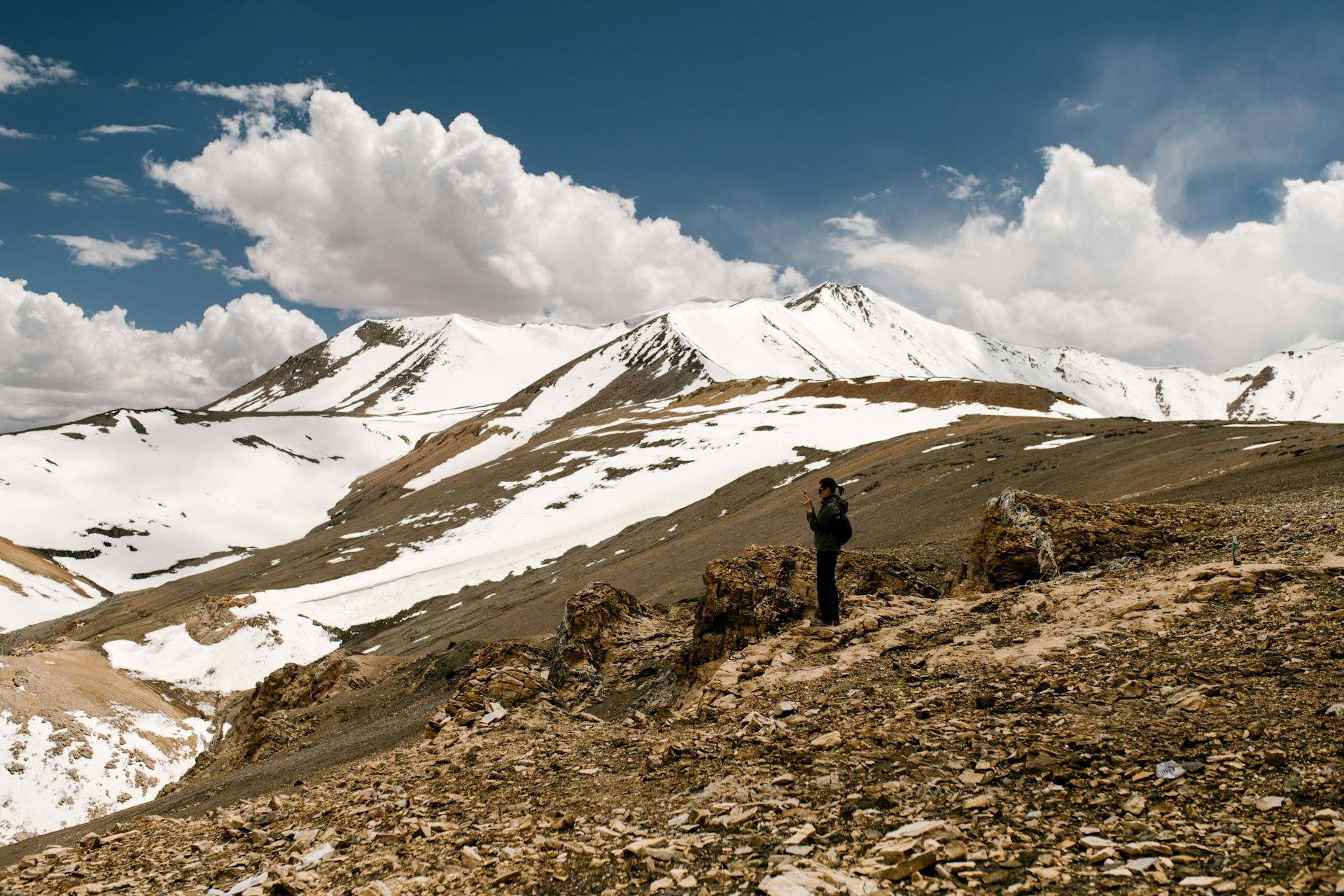


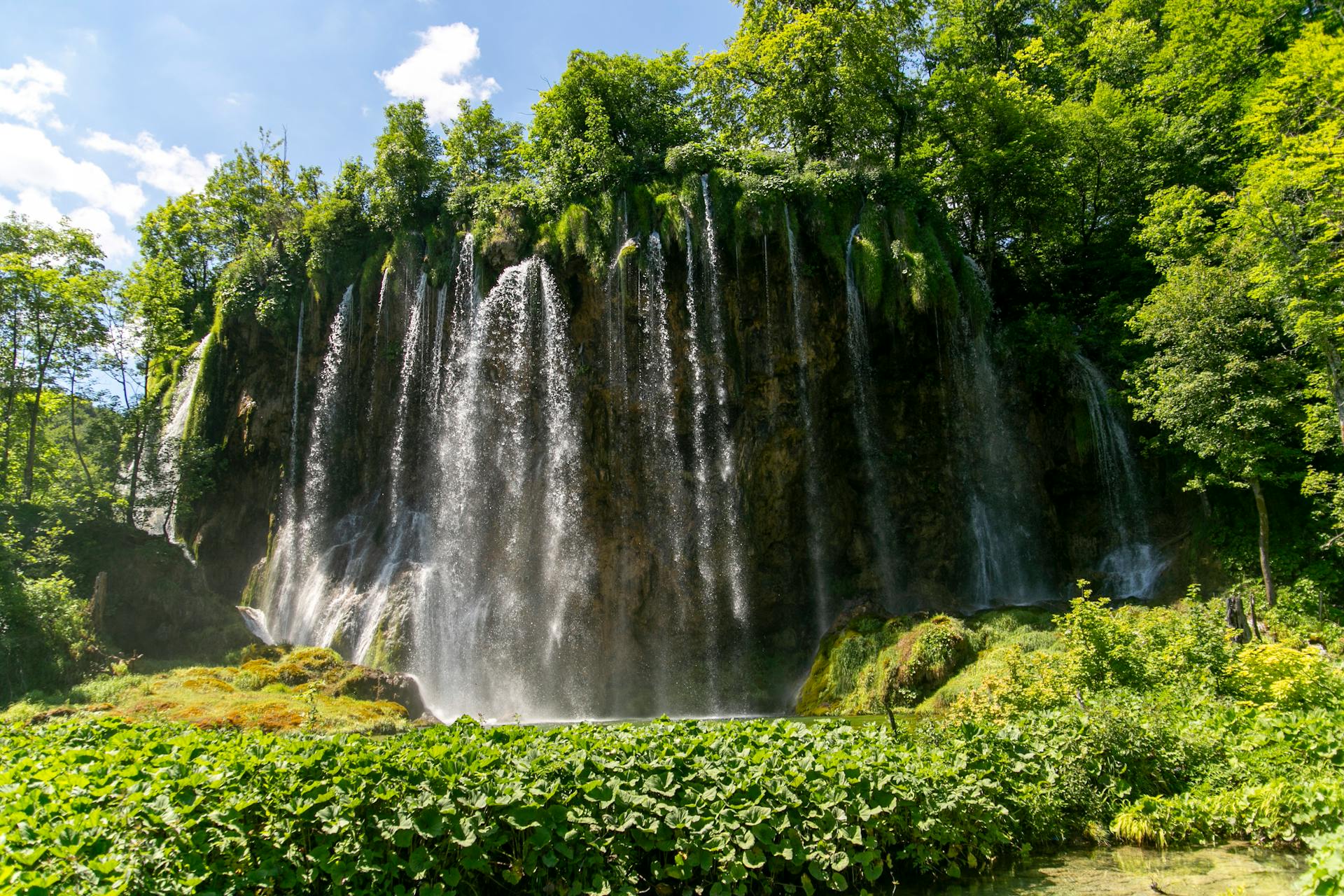


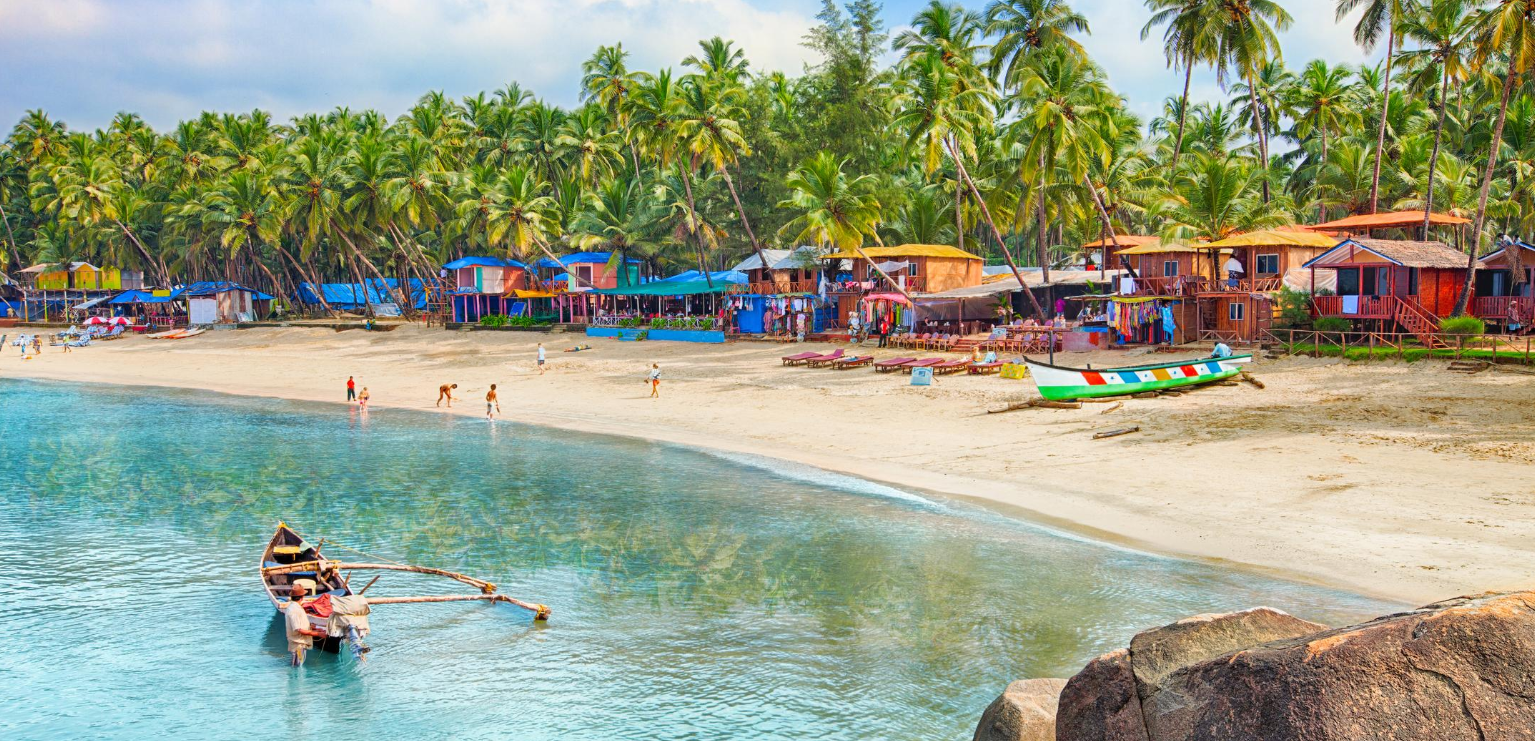
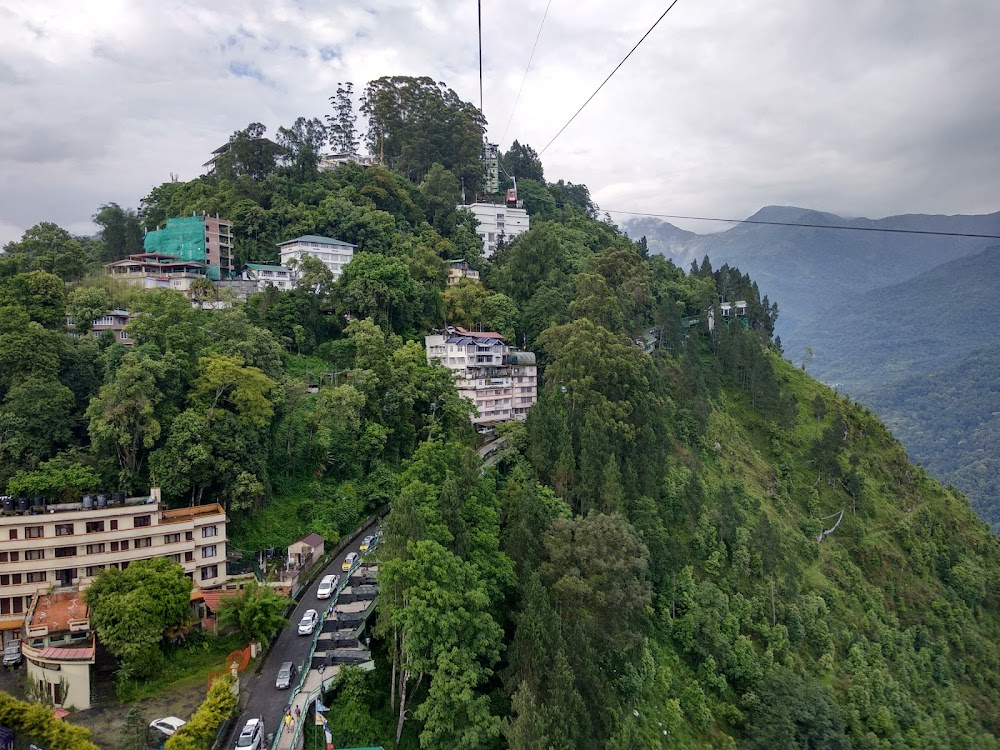
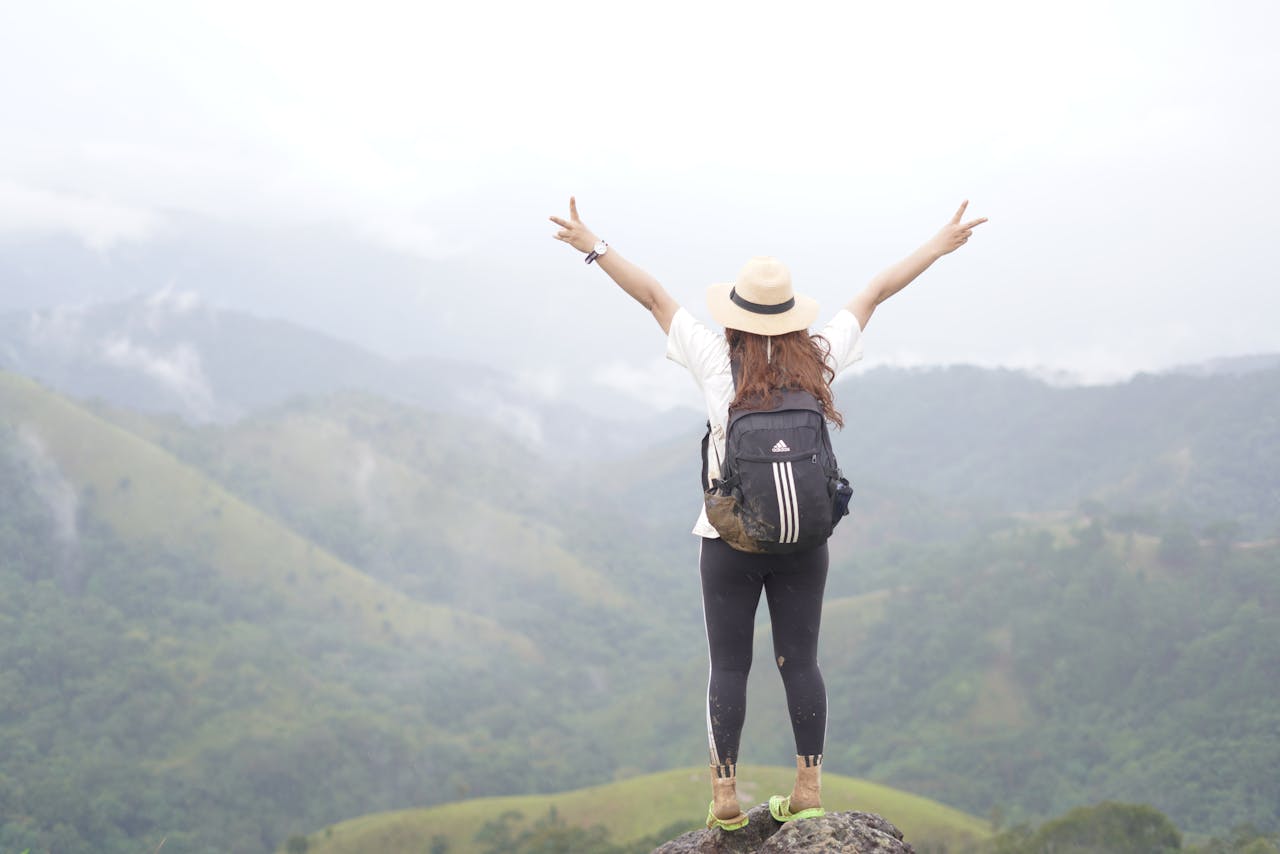
Leave a Reply
View Comments